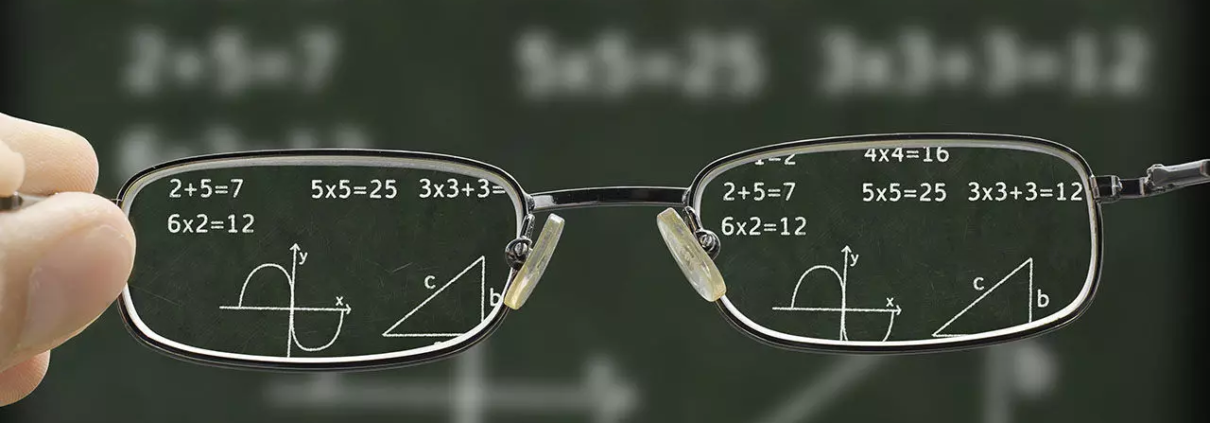Increasing Myopia Rates Linked to Anxiety and Mood Disorders in Adolescents: Study

Myopia is a rapidly growing global health concern which is predicted to impact half of the world’s population by 2050. This new research published in the Eye journal highlighted the significant impact this condition may have on adolescents in concern to their mental health. The study involved a large sample of Israeli adolescents aged 16 to 20 years which revealed a worrying connection between myopia and increased rates of anxiety and mood disorders.
This study analyzed data from nearly 9,00,000 adolescents who were undergoing evaluations before their mandatory military service from 2011 to 2022. These evaluations included sociodemographic information, medical histories, physical exams and precise measurements of eye refraction and visual acuity.
Myopia was categorized into three levels based on the severity of vision impairment as mild, moderate and severe. Diagnoses of anxiety and mood disorders were confirmed by psychiatric consultants and classified according to the ICD-10 criteria. The socioeconomic status was determined by the place of residence of the adolescents at the time of examination.
Out of the 8,91,501 adolescents studied, 31.3% had myopia (19.3% mild, 9.6% moderate and 2.5% severe). Anxiety was diagnosed in 1.0% of the adolescents, while 0.5% were diagnosed with mood disorders. The prevalence of these mental health issues was markedly higher among the participants with myopia when compared to the participants without the condition. Also, 1.2% of myopic adolescents underwent anxiety when compared to the 0.9% of their non-myopic peers, and 0.6% had mood disorders when compared to 0.4% of the adolescents without myopia.
The severity of myopia also correlated with the prevalence of these conditions. The anxiety prevalence increased from 1.1% in the participants with mild myopia to 1.6% in the participants with severe myopia. Mood disorders rose from 0.5% in mild cases to 0.7% in severe cases. The logistic regression models indicated a dose-response relationship which showed the odds of having anxiety or mood disorders increased with the severity of myopia. This trend persisted even after adjusting for sociodemographic factors, visual acuity and other health conditions.
The study illuminates a crucial need to address the broader implications of myopia beyond vision correction. The increased odds of anxiety and mood disorders among adolescents with myopia highlight the psychosocial challenges associated with this condition. These findings suggest that integrated psychological support should be considered as part of comprehensive myopia management strategies. Early identification and intervention are highly eventful to reduce both the physical and mental health impacts of myopia.
Source:
Nitzan, I., Shmueli, O., & Safir, M. (2024). Association of myopia with anxiety and mood disorders in adolescents. In Eye. Springer Science and Business Media LLC. https://doi.org/10.1038/s41433-024-03170-6



